Home>Technology>Smart Home Devices>How To Print On Cardstock On A Canon Printer
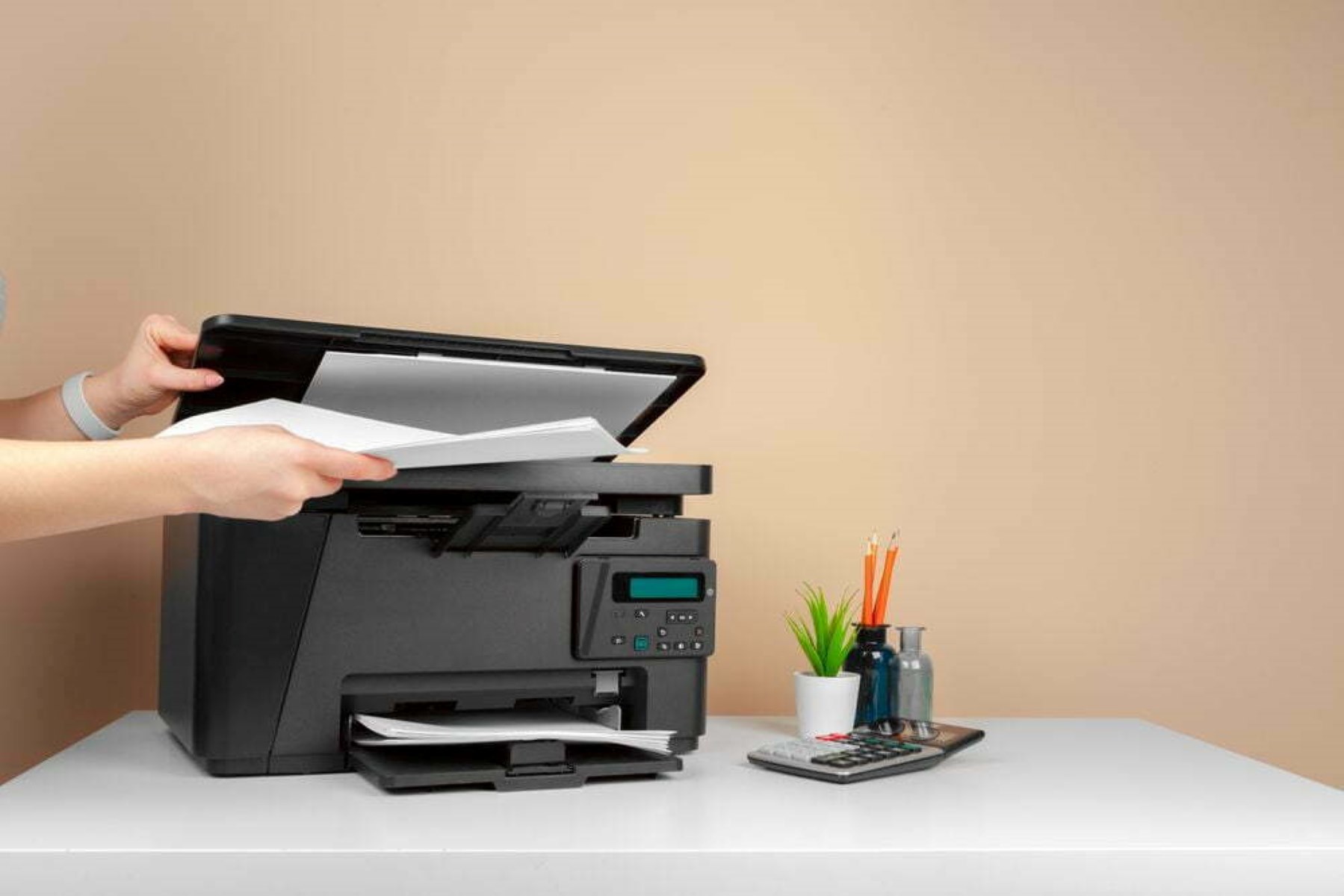

Smart Home Devices
How To Print On Cardstock On A Canon Printer
Published: January 22, 2024
Learn how to print on cardstock using a Canon printer with our step-by-step guide. Get professional results for your smart home devices and projects.
(Many of the links in this article redirect to a specific reviewed product. Your purchase of these products through affiliate links helps to generate commission for Storables.com, at no extra cost. Learn more)
Introduction
Welcome to the world of printing on cardstock with your Canon printer! Whether you're creating stunning invitations, eye-catching flyers, or professional-quality business cards, printing on cardstock can elevate your projects to a whole new level. In this guide, we'll walk you through the process of printing on cardstock using your Canon printer, ensuring that you achieve exceptional results every time.
Printing on cardstock requires a different approach than regular paper, as the thicker and sturdier nature of cardstock demands specific settings and handling to produce optimal printouts. With the right techniques and attention to detail, you can unleash the full potential of your Canon printer and create impressive, high-quality prints on cardstock for various purposes.
In the following sections, we'll delve into the essential aspects of printing on cardstock with a Canon printer, covering everything from selecting the right cardstock to fine-tuning print settings and troubleshooting common issues. By the end of this guide, you'll be equipped with the knowledge and confidence to embark on your cardstock printing journey with your Canon printer, unlocking a world of creative possibilities and professional-grade outputs.
So, let's dive in and explore the intricacies of printing on cardstock with your Canon printer, empowering you to bring your designs to life with clarity, vibrancy, and precision. Whether you're a seasoned printing enthusiast or a newcomer to the world of cardstock printing, this guide is designed to equip you with the insights and techniques needed to achieve exceptional results and unleash your creativity. Let's get started!
Key Takeaways:
- Printing on cardstock with a Canon printer requires choosing the right cardstock based on weight, finish, size, and color. It’s important to check the printer’s specifications and conduct a test print before starting.
- To print on cardstock with a Canon printer, it’s crucial to set up the printer, adjust print settings, and troubleshoot common issues like paper jams, ink smudging, poor print quality, and skewed prints for a successful printing experience.
Read more: How To Print Cardstock On HP Printer
Choosing the Right Cardstock
When it comes to printing on cardstock with your Canon printer, selecting the appropriate cardstock is crucial for achieving the desired results. Cardstock is available in various weights, finishes, and sizes, offering a wide array of options to suit different printing projects. Here are key considerations for choosing the right cardstock:
- Weight: Cardstock weight is measured in pounds (lb) or grams per square meter (gsm). Lighter cardstock typically ranges from 50 to 80 lb, while heavier options can go up to 110 lb or more. For standard printing projects such as invitations and flyers, a weight between 65 and 80 lb is often suitable. Heavier weights are ideal for business cards and projects requiring extra durability.
- Finish: Cardstock comes in various finishes, including matte, glossy, and textured. The finish can significantly impact the appearance and feel of your printed material. Matte finishes offer a smooth, non-reflective surface, while glossy finishes provide a shiny, vibrant look. Textured finishes add a tactile dimension to your prints, making them stand out.
- Size: Cardstock is available in standard paper sizes, such as letter (8.5 x 11 inches) and legal (8.5 x 14 inches), as well as custom sizes. Ensure that the cardstock size is compatible with your printer's paper handling capabilities to prevent jams and misfeeds.
- Color: While white and off-white are common choices, cardstock is also available in an array of colors to suit your specific design requirements. Consider the color of the cardstock in relation to your design elements and overall aesthetic.
Before purchasing cardstock, it's advisable to check your Canon printer's specifications to verify the supported paper weights and sizes. Additionally, consider conducting a test print on a small sample of the chosen cardstock to evaluate how it interacts with your printer and assess the print quality.
By carefully selecting the right cardstock based on weight, finish, size, and color, you can lay a solid foundation for successful printing with your Canon printer. The chosen cardstock should align with the specific demands of your printing project and complement the intended design, ensuring that your final prints exude professionalism and visual appeal.
Setting Up Your Canon Printer
Before diving into the printing process, it's essential to ensure that your Canon printer is properly set up to handle cardstock. Here are the steps to prepare your Canon printer for printing on cardstock:
- Check Printer Specifications: Refer to your printer's manual or official documentation to identify the supported paper weights and sizes. Ensure that your Canon printer is capable of handling the specific type of cardstock you intend to use for your project.
- Load the Cardstock: Open the printer's paper input tray and adjust the paper guides to accommodate the cardstock size. When loading cardstock, ensure that the stack is neatly aligned and does not exceed the maximum paper capacity specified for your printer model.
- Adjust Printer Settings: Access your printer's settings either through the control panel or the printer software on your computer. Look for the paper type or media type settings and select "Cardstock" or the closest option available. This setting informs the printer about the type of paper being used and adjusts the print head and ink application accordingly.
- Perform a Test Print: Before printing your actual document, consider running a test print on a plain sheet of cardstock to verify the print quality and ensure that the ink adheres well to the surface. This step allows you to make any necessary adjustments before proceeding with your main printing task.
By following these setup steps, you can prime your Canon printer for handling cardstock with precision and efficiency. Ensuring that the printer is configured to accommodate the unique characteristics of cardstock is essential for producing high-quality prints and minimizing the risk of paper jams or ink smudging.
Next, we'll explore the crucial aspect of adjusting print settings to fine-tune the printing process and optimize the output quality when using cardstock with your Canon printer. With the printer prepared and the cardstock loaded, you're ready to delve into the intricacies of print settings, empowering you to tailor the printing process to suit your specific project requirements and achieve exceptional results.
Adjusting Print Settings
When printing on cardstock with your Canon printer, fine-tuning the print settings is essential to achieve optimal results. By adjusting the print settings, you can ensure that the printer handles the cardstock appropriately and delivers sharp, vibrant prints. Here are the key print settings to consider:
- Paper Thickness: Within the printer settings, look for the paper thickness or paper weight options. Select the appropriate setting that corresponds to the thickness of your cardstock. This adjustment helps the printer determine the optimal paper path and print head position to accommodate the sturdier nature of cardstock.
- Quality and Media Type: Explore the print quality and media type settings to match the characteristics of your cardstock. Opt for higher print quality settings to ensure crisp and detailed prints, especially when working with textured or glossy cardstock. Additionally, select the media type that best represents your cardstock, such as "Matte Photo Paper" or "Glossy Photo Paper," if applicable.
- Ink Application: Some Canon printers offer ink application adjustments, allowing you to optimize the ink density and coverage for different media types. Experiment with these settings to achieve the desired color vibrancy and ink absorption on your chosen cardstock.
- Print Preview: Before initiating the final print job, utilize the print preview feature to inspect the layout and positioning of your document on the cardstock. This step enables you to confirm that the content is aligned correctly and fits within the printable area of the cardstock.
By customizing the print settings to align with the specific attributes of your cardstock, you can enhance the overall print quality and ensure that the printer handles the cardstock with precision. These adjustments empower you to optimize the printing process, resulting in professional-grade outputs that showcase your designs with clarity and impact.
With the print settings tailored to your cardstock and design requirements, you're now ready to embark on the final stage of the printing process—bringing your document to life on the selected cardstock with your Canon printer. The following section will guide you through the steps of printing your document, ensuring a seamless and successful printing experience.
Make sure to adjust the printer settings to the correct paper type (cardstock) before printing. Also, feed the cardstock one sheet at a time to avoid jams.
Printing Your Document
After carefully selecting the right cardstock, preparing your Canon printer, and adjusting the print settings, you're now poised to print your document with precision and confidence. The following steps outline the process of printing your document on cardstock using your Canon printer:
- Document Preparation: Ensure that your document is formatted and ready for printing. Double-check the layout, content, and design elements to guarantee that everything is set for a flawless printout.
- Load the Cardstock: Place the prepared cardstock into the printer's paper input tray, ensuring that the stack is aligned and the paper guides are adjusted to accommodate the cardstock size. Verify that the printer settings correspond to the cardstock type and thickness.
- Print Command: Send the print command from your computer or device, initiating the printing process. Monitor the printer as it processes the print job, ensuring that the cardstock feeds smoothly and that the ink application is consistent across the entire document.
- Post-Printing Inspection: Once the printing is complete, carefully retrieve the printed cardstock from the output tray. Inspect the printout for any imperfections, smudges, or alignment issues. If necessary, make note of any adjustments needed for future print jobs.
By following these steps, you can execute a successful print job on cardstock with your Canon printer, producing professional-quality outputs that reflect the meticulous attention to detail invested in your design. The seamless integration of document preparation, printer setup, and meticulous printing procedures culminates in visually striking and impactful printouts on cardstock.
As you complete the printing process, take a moment to admire the impressive results of your cardstock printing endeavor. The combination of premium cardstock, precise printer setup, and tailored print settings has enabled you to bring your designs to life with exceptional clarity and vibrancy, setting the stage for your printed materials to captivate and resonate with their intended audience.
With your document successfully printed on cardstock, you're now equipped to share your creations, whether it's distributing eye-catching flyers, presenting professional business cards, or unveiling exquisite invitations. The journey from selecting the right cardstock to executing a flawless print job has culminated in a seamless and rewarding printing experience, underscoring the power of precision and attention to detail when utilizing cardstock with your Canon printer.
Read more: Why Is My Canon Printer Not Printing
Troubleshooting Common Issues
While printing on cardstock with your Canon printer can yield exceptional results, it’s important to be aware of potential challenges and how to address them effectively. Here are some common issues that may arise when printing on cardstock and the corresponding troubleshooting steps:
- Paper Jams: If the cardstock is prone to causing paper jams, ensure that the paper input tray is not overloaded and that the cardstock is neatly stacked and aligned. Additionally, verify that the printer settings match the cardstock type and thickness to prevent feeding issues.
- Ink Smudging: Ink smudging can occur if the ink application settings are not optimized for the selected cardstock. Adjust the ink density and drying time settings to ensure that the ink adheres well to the cardstock surface without smudging or smearing.
- Poor Print Quality: If the printouts exhibit uneven or subpar quality, review the print settings to ensure that the paper thickness, media type, and print quality settings are aligned with the characteristics of the cardstock. Additionally, consider performing a print head alignment or nozzle check to address any potential ink distribution issues.
- Skewed Prints: In cases where the prints appear skewed or misaligned, verify that the cardstock is loaded squarely in the paper input tray and that the paper guides are adjusted to hold the cardstock securely. Additionally, inspect the print preview before printing to confirm the document’s positioning on the cardstock.
By proactively addressing these common issues, you can mitigate potential printing challenges and ensure a smooth and successful printing experience when working with cardstock on your Canon printer. Troubleshooting these issues empowers you to maintain consistent print quality and minimize disruptions, allowing you to focus on bringing your designs to life with precision and excellence.
As you navigate the intricacies of printing on cardstock, embracing these troubleshooting strategies equips you with the resilience and expertise needed to overcome obstacles and achieve outstanding print results. By leveraging your understanding of common issues and their remedies, you can elevate your cardstock printing endeavors to new heights, delivering polished and professional outputs with confidence and proficiency.
Conclusion
Congratulations on mastering the art of printing on cardstock with your Canon printer! Throughout this comprehensive guide, we’ve delved into the nuances of selecting the right cardstock, preparing your Canon printer, fine-tuning print settings, executing flawless print jobs, and troubleshooting common issues. By immersing yourself in this journey, you’ve unlocked the potential to produce exceptional prints on cardstock, elevating your projects to new levels of professionalism and visual impact.
Printing on cardstock offers a gateway to unleashing your creativity and making a lasting impression with your designs. Whether you’re crafting elegant invitations, crafting striking business cards, or showcasing captivating flyers, the marriage of premium cardstock and precise printing techniques empowers you to leave a lasting impression on your audience.
As you reflect on your newfound expertise in cardstock printing, remember that attention to detail, meticulous preparation, and a keen understanding of print settings are the cornerstones of achieving remarkable print results. Your Canon printer, paired with the right cardstock and a mastery of print settings, becomes a powerful tool for bringing your designs to life with unparalleled clarity and vibrancy.
Embrace the journey of cardstock printing as a testament to your dedication to quality and excellence in every facet of your creative endeavors. The seamless fusion of artistry and technical precision, facilitated by your Canon printer and the optimal cardstock, positions you to captivate and inspire through your printed materials.
As you embark on future printing projects, armed with the knowledge and insights gleaned from this guide, approach each endeavor with confidence and creativity. Your ability to harness the full potential of cardstock printing with your Canon printer sets the stage for a myriad of captivating and impactful creations that resonate with your audience and leave an indelible mark.
So, go forth with the confidence of a cardstock printing virtuoso, equipped with the expertise to transform your designs into tangible works of art that command attention and admiration. Your Canon printer stands ready to bring your visions to life on premium cardstock, ensuring that each print exudes professionalism, precision, and a touch of your unique creative essence.
Thank you for embarking on this enlightening journey of cardstock printing with your Canon printer. May your future printing endeavors be filled with brilliance, innovation, and the joy of seeing your designs materialize into stunning printed masterpieces.
Frequently Asked Questions about How To Print On Cardstock On A Canon Printer
Was this page helpful?
At Storables.com, we guarantee accurate and reliable information. Our content, validated by Expert Board Contributors, is crafted following stringent Editorial Policies. We're committed to providing you with well-researched, expert-backed insights for all your informational needs.
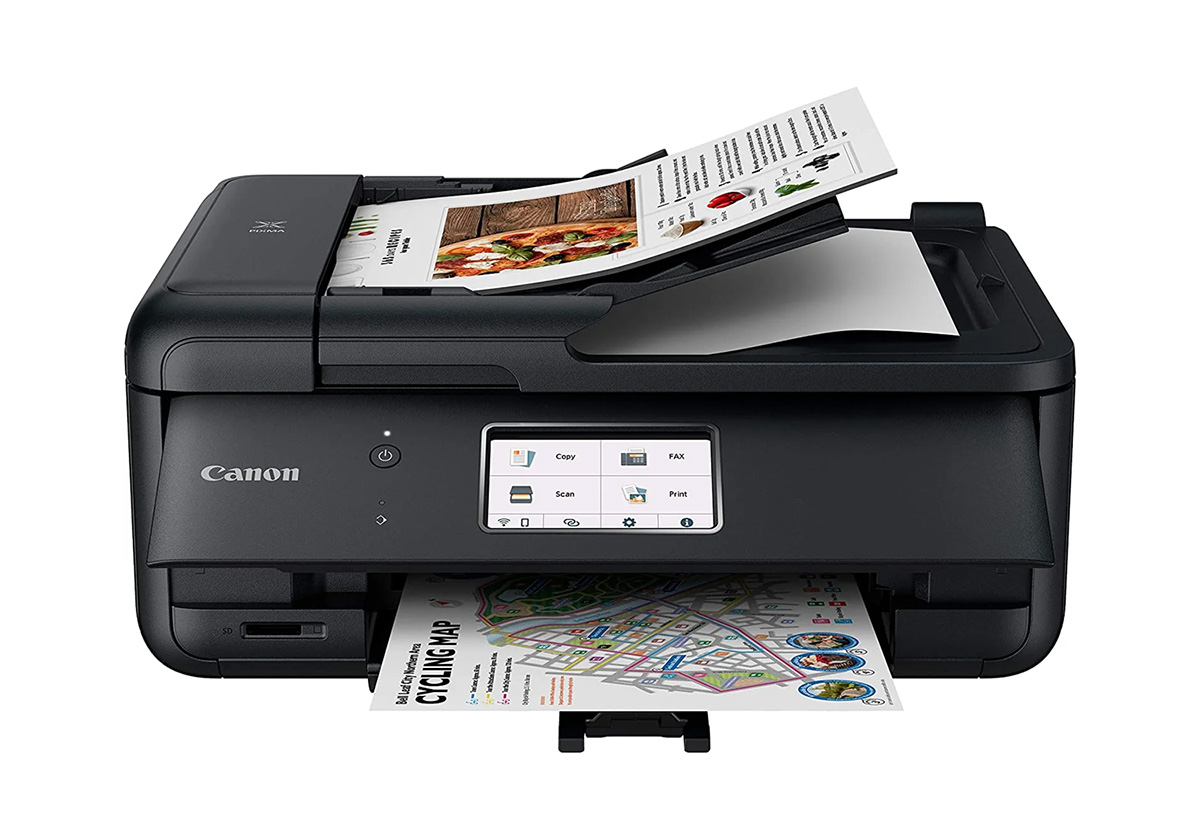
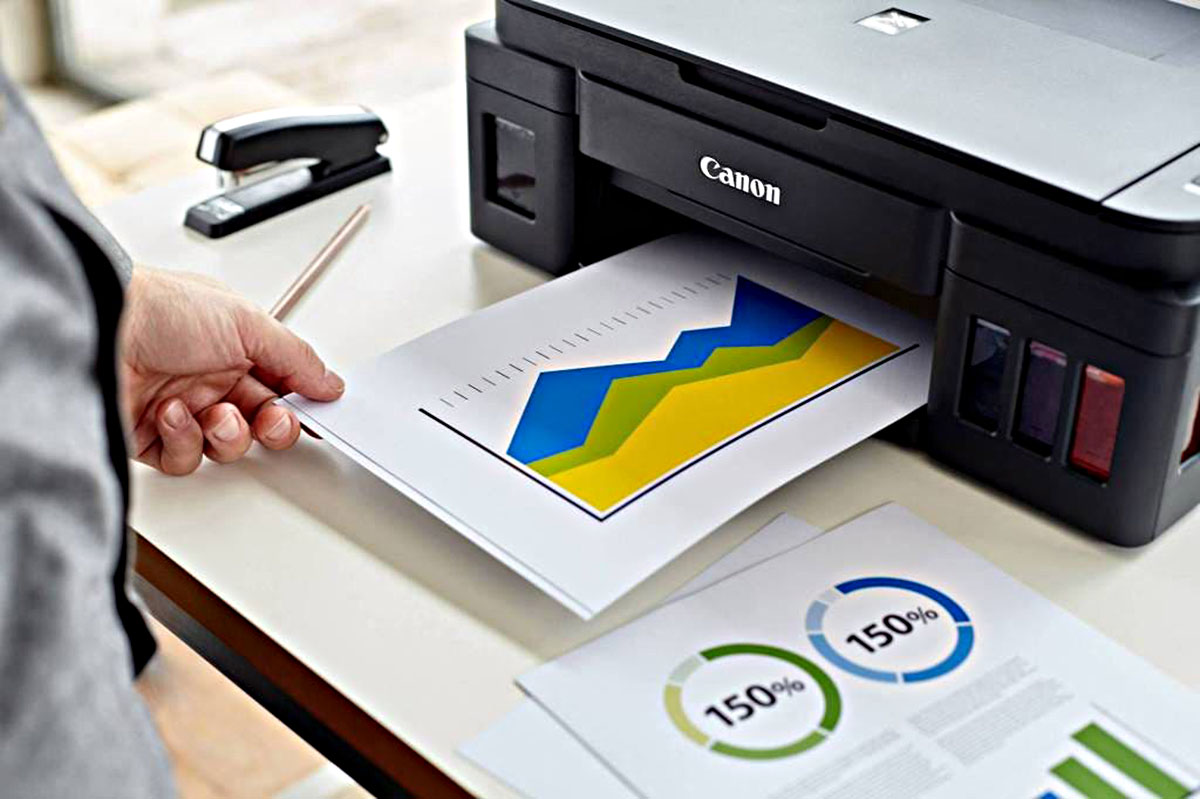
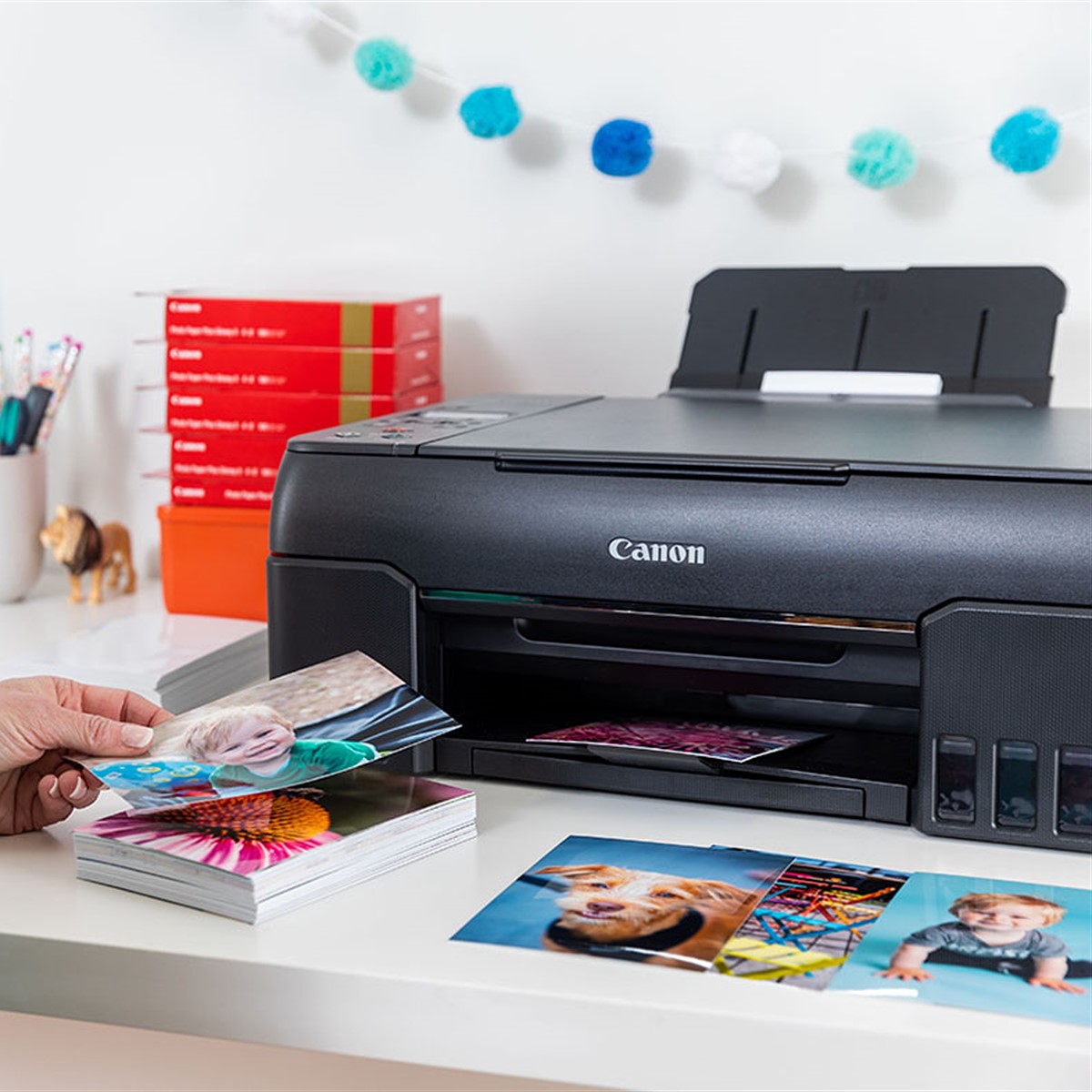
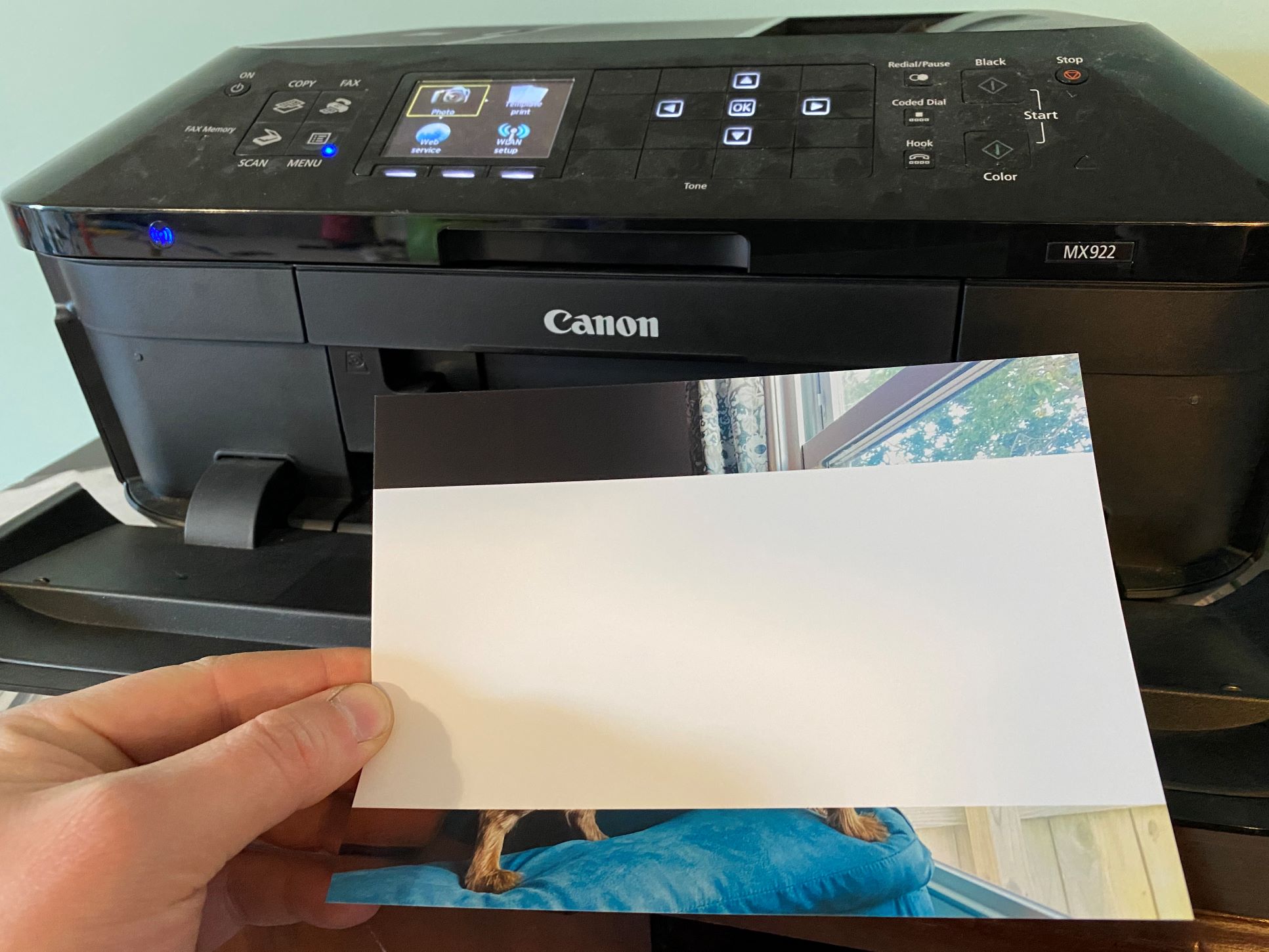
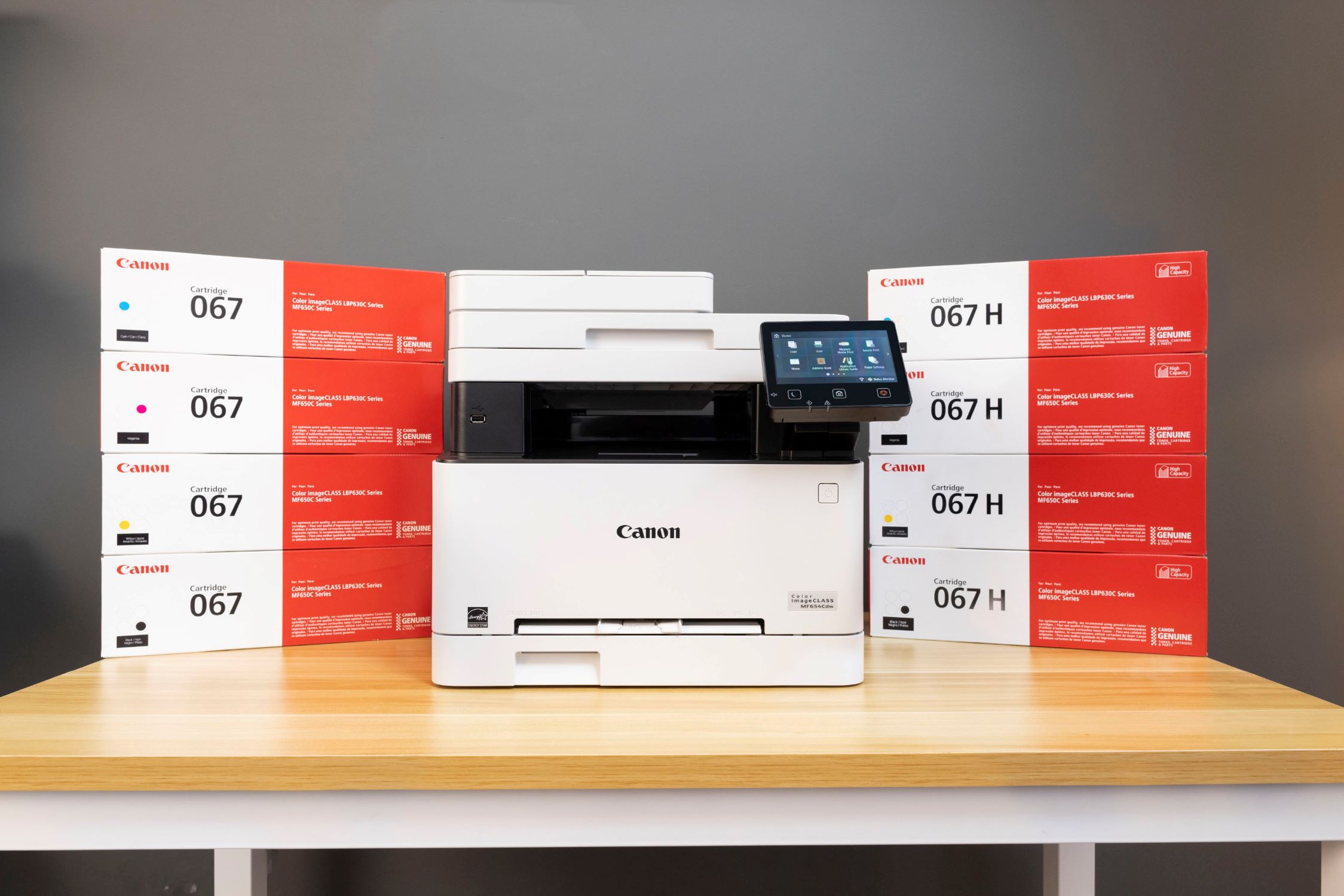

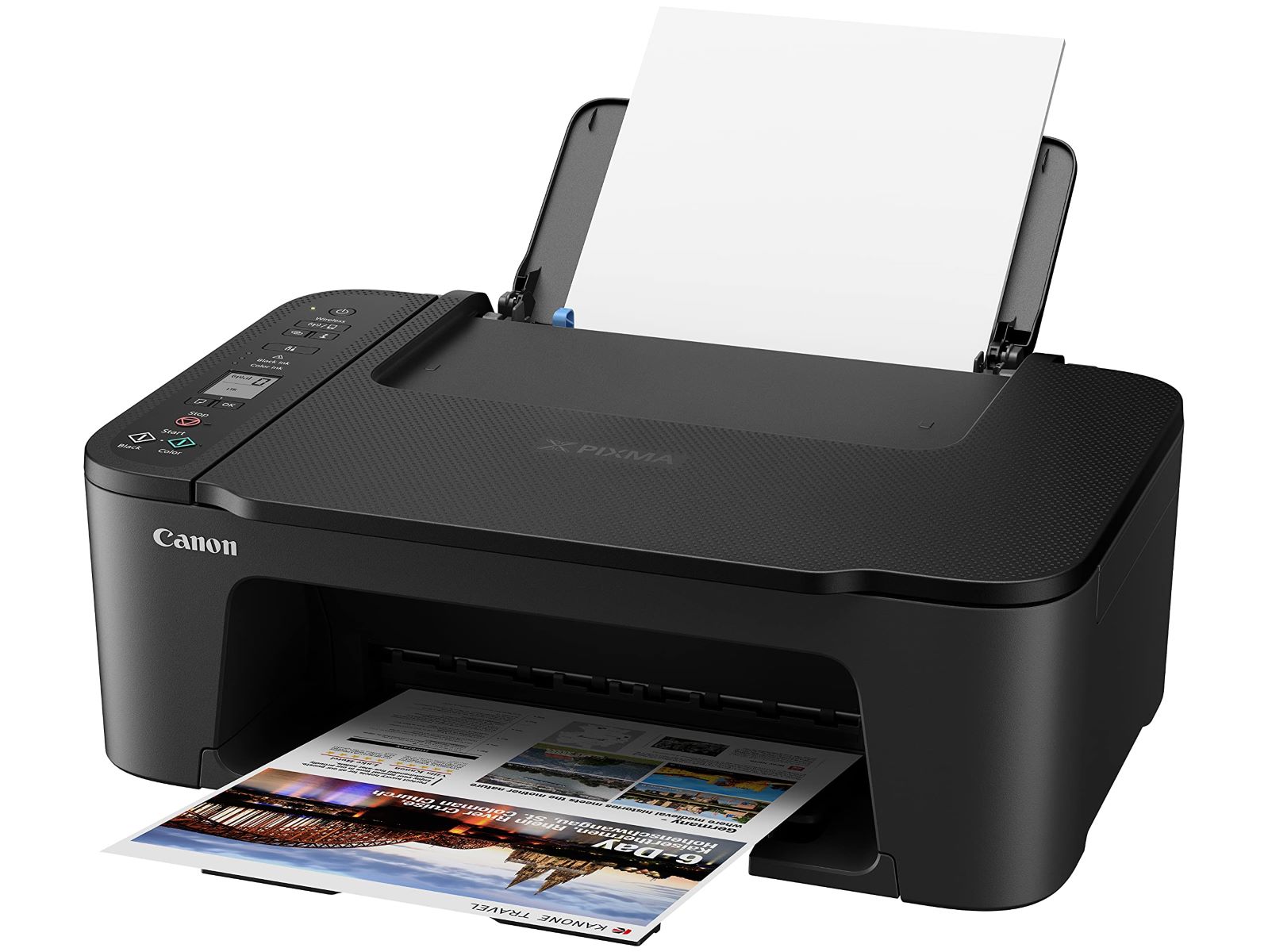
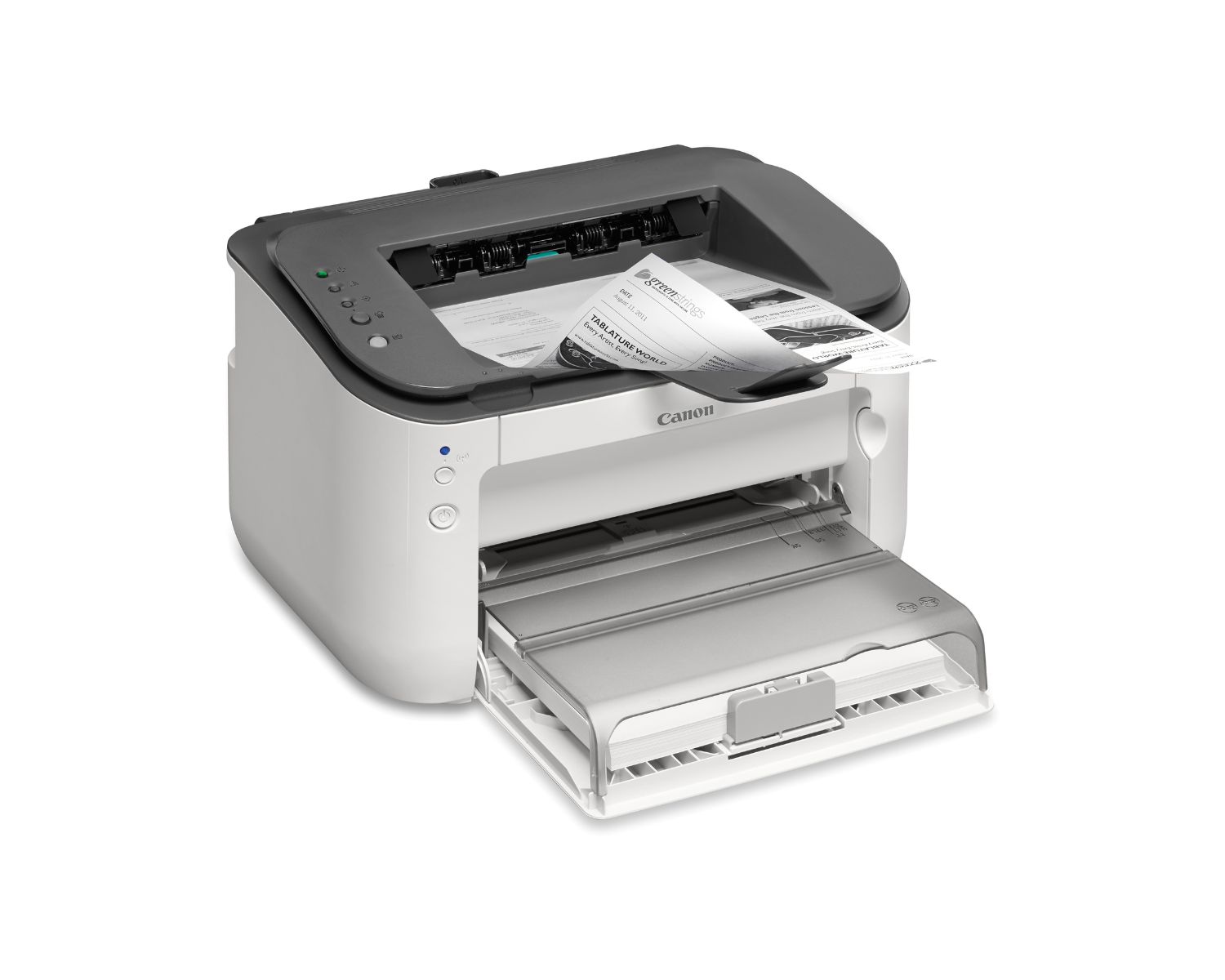
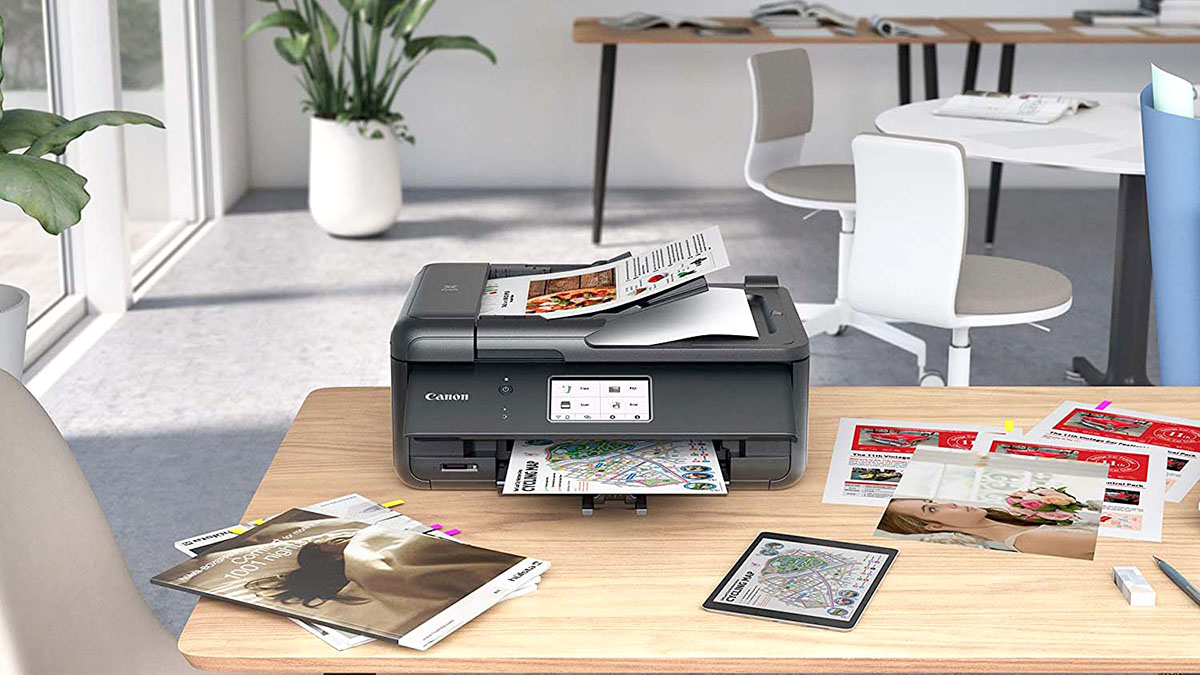
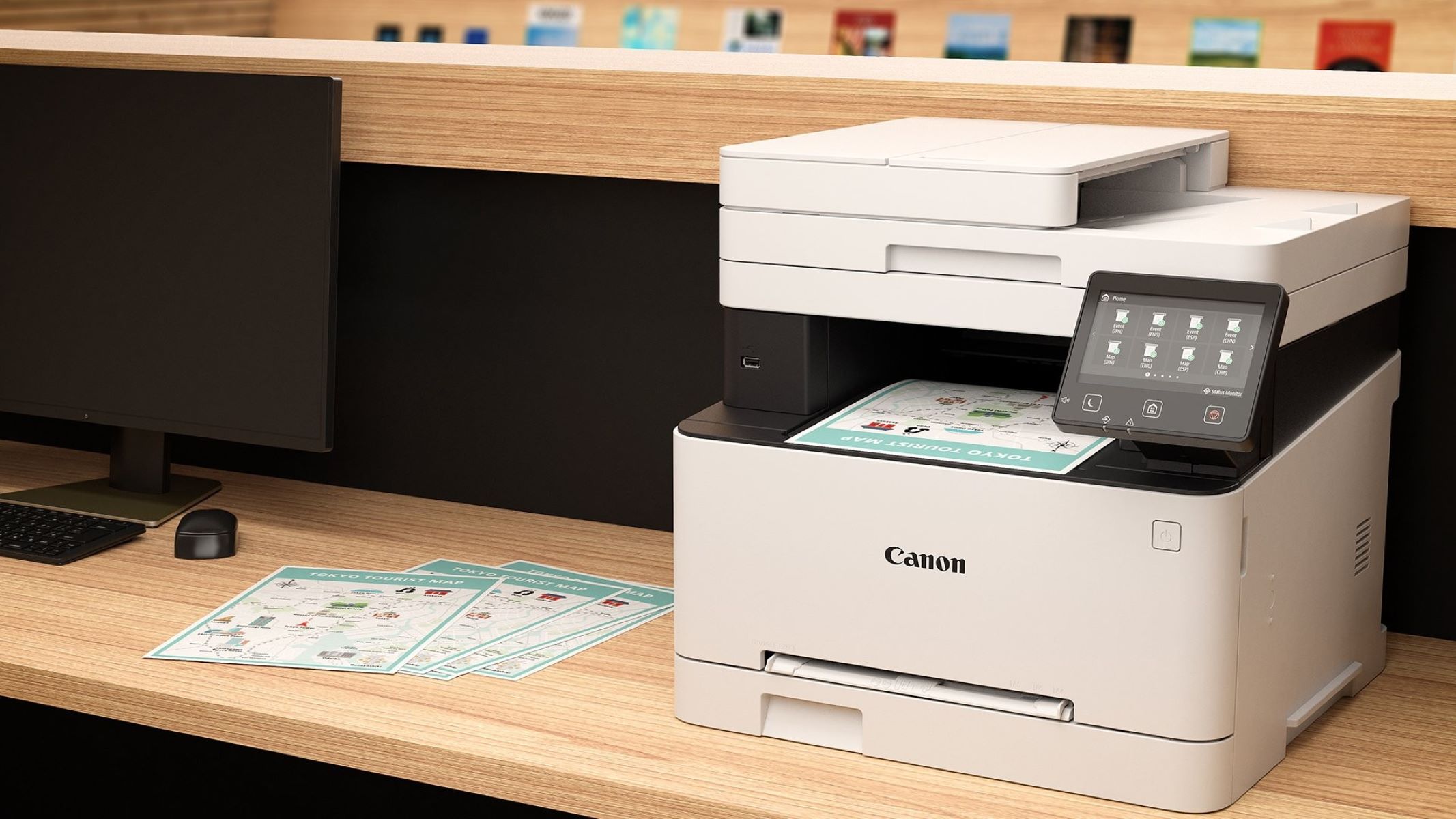
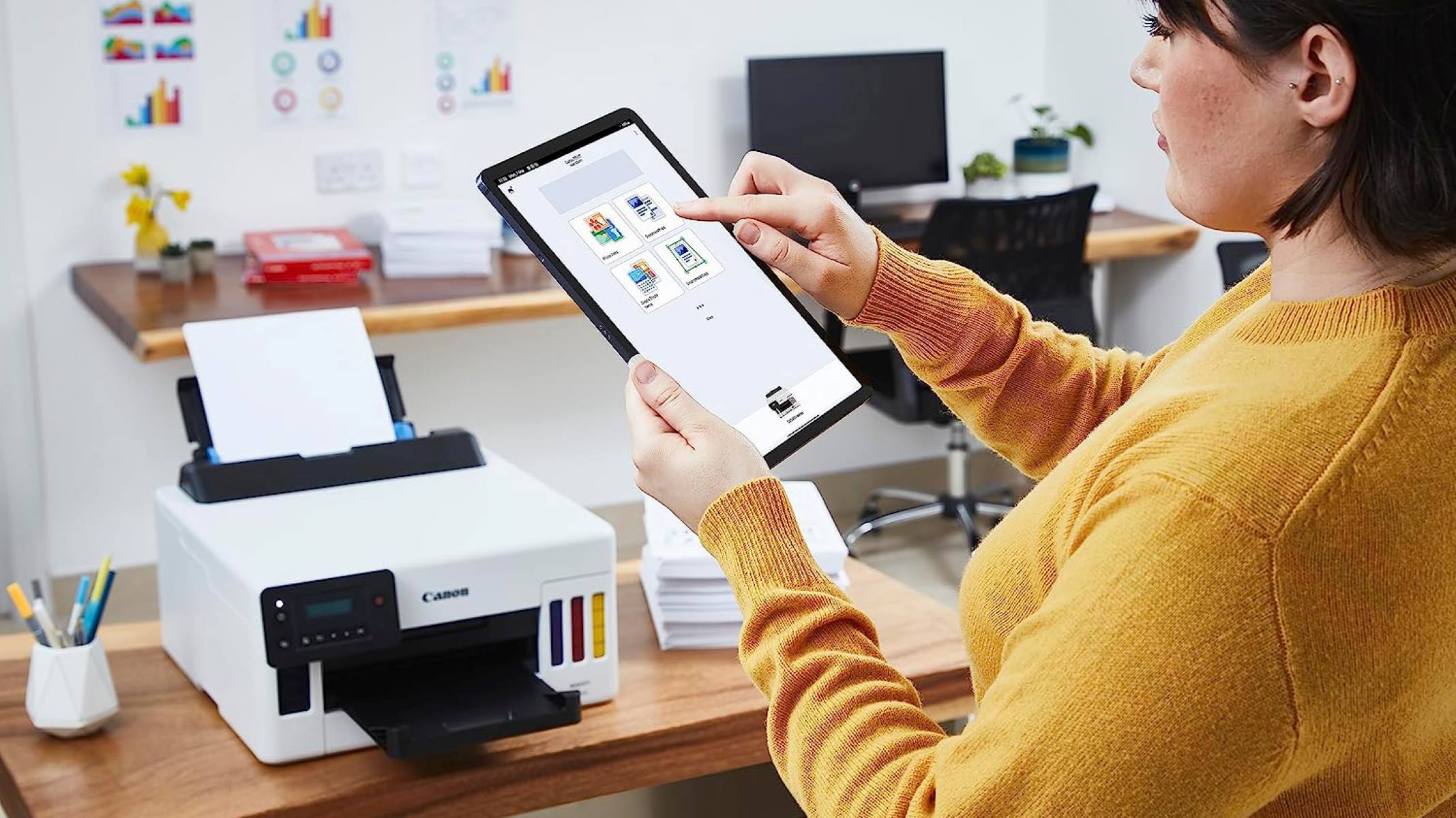
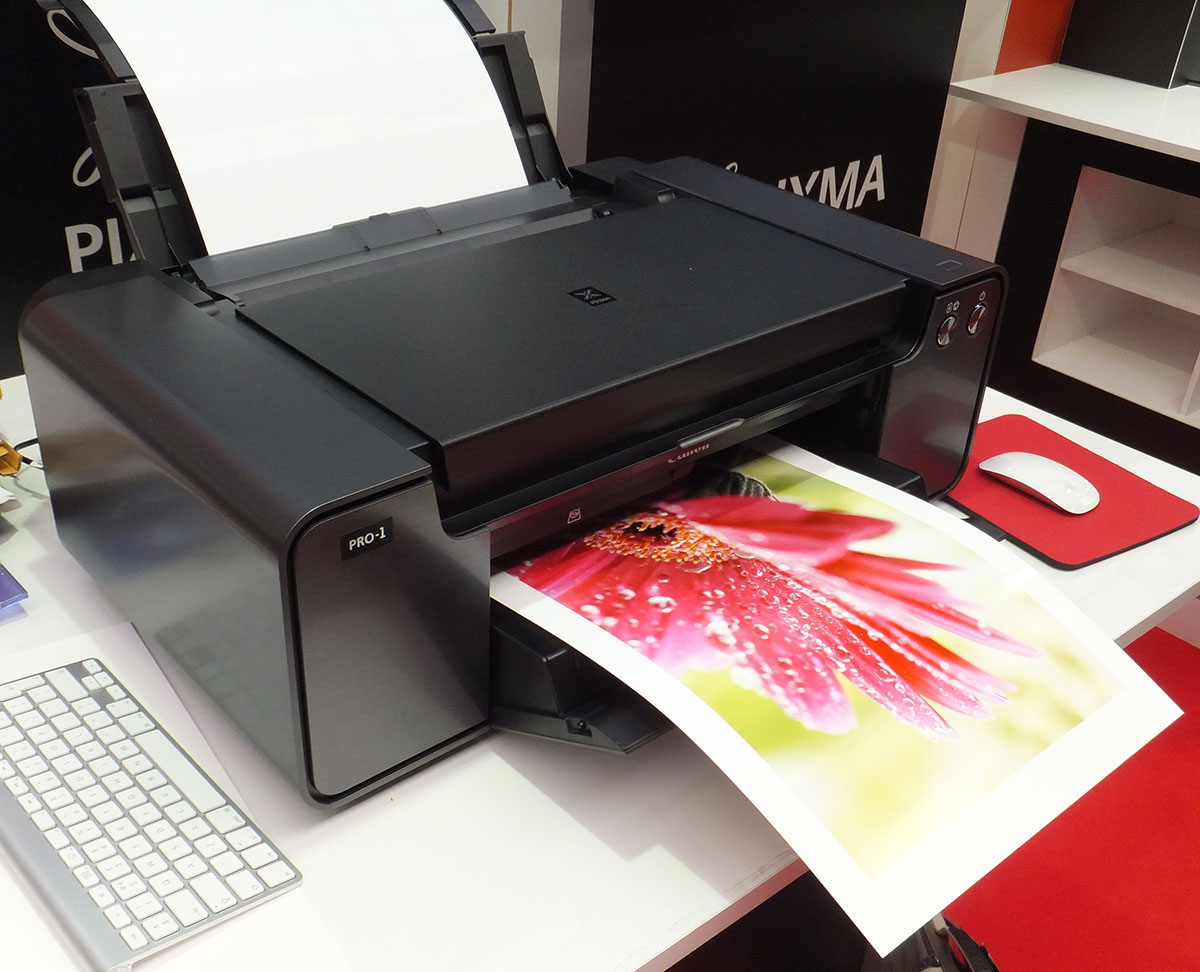
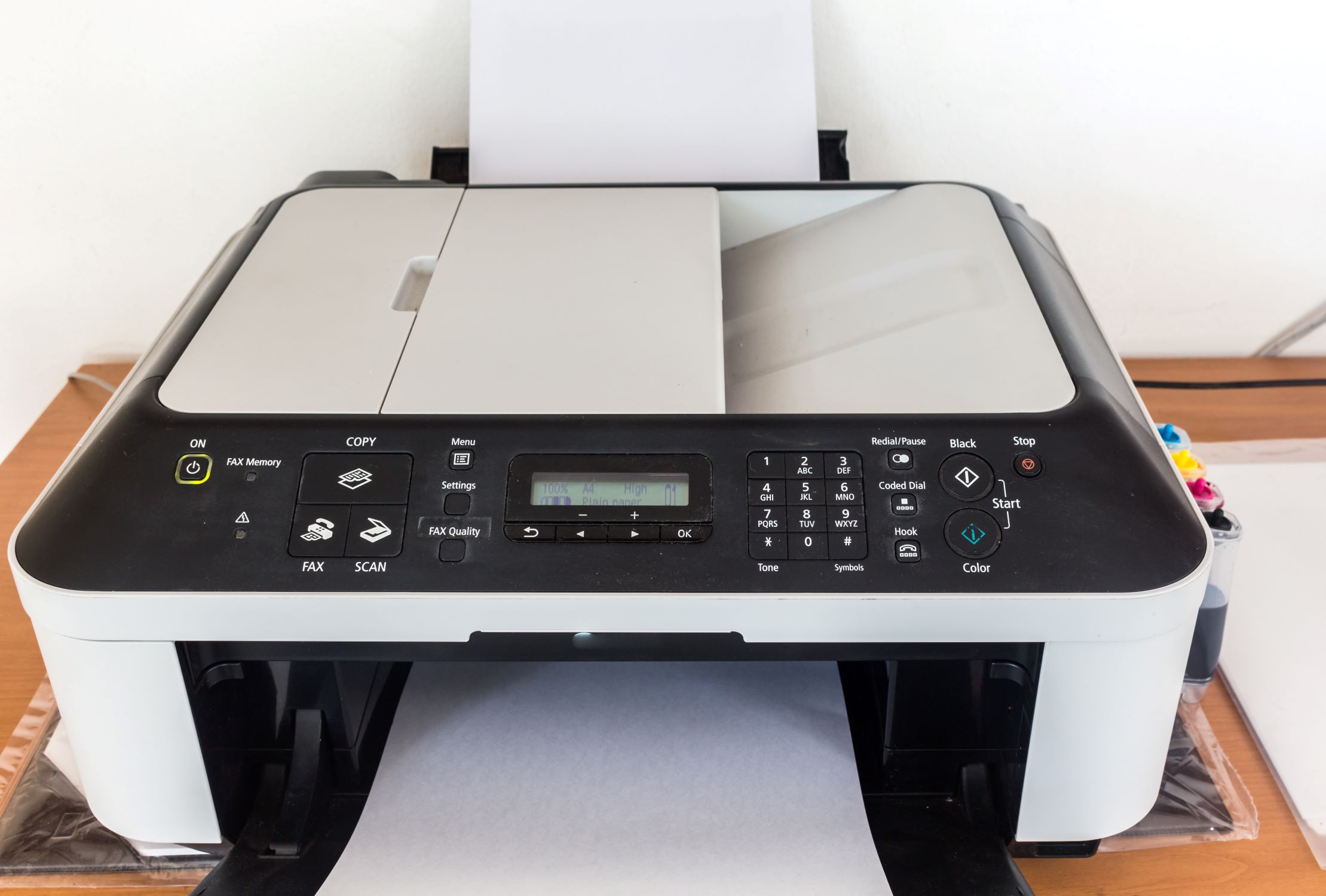
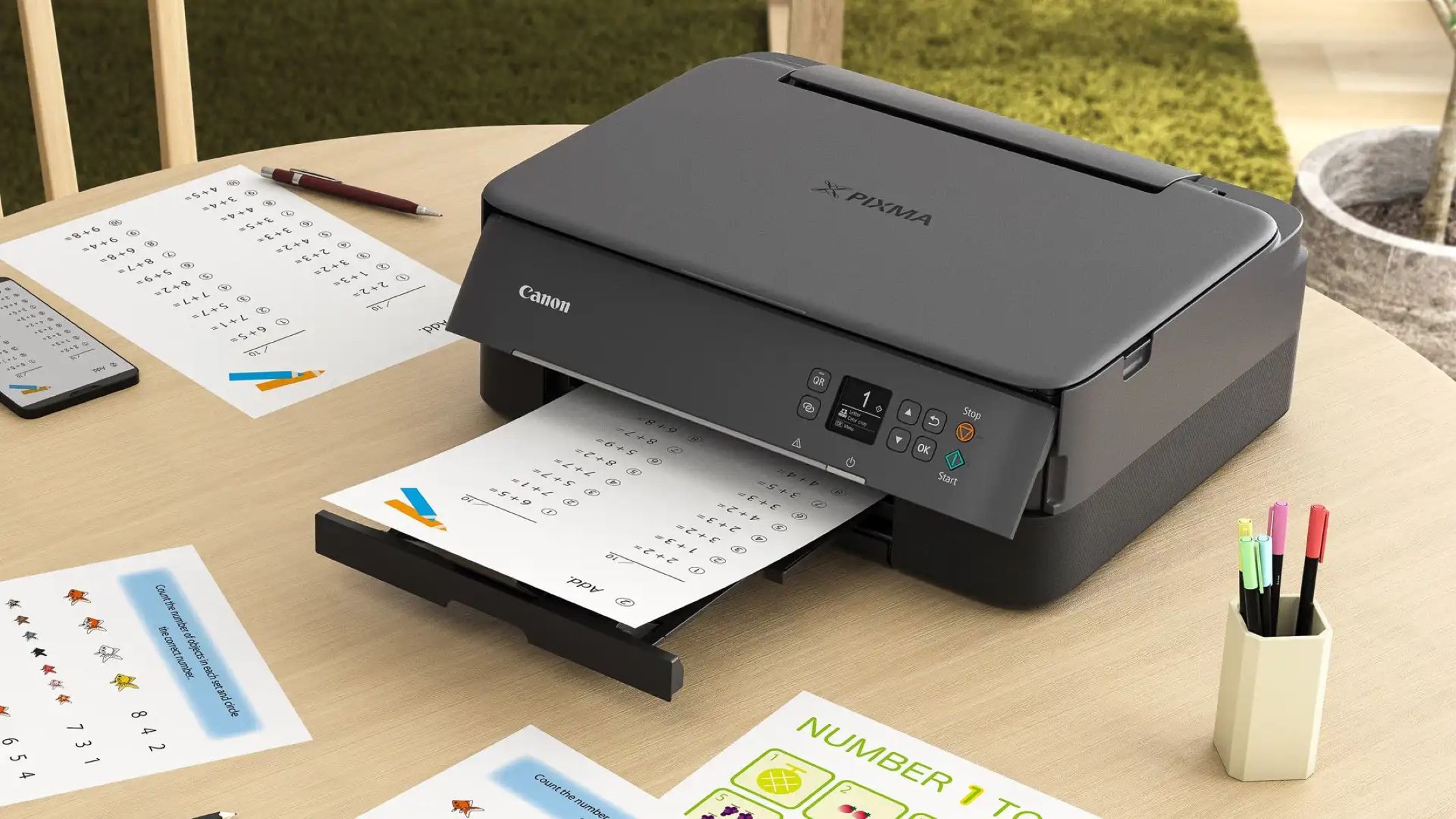

0 thoughts on “How To Print On Cardstock On A Canon Printer”